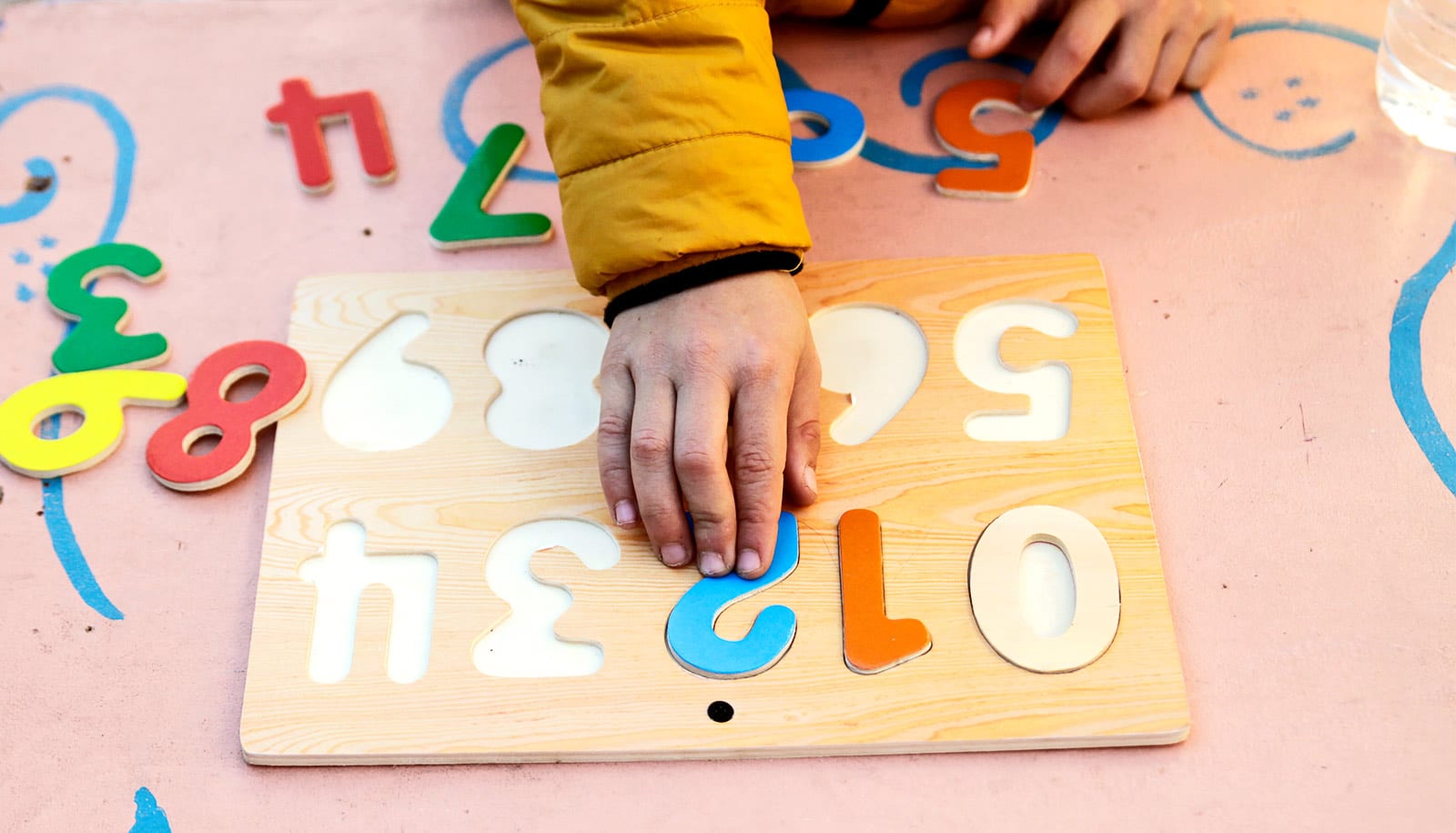For millions of Americans with disabilities and their families, a lack of clothing options creates problems that go far beyond fit, say researchers.
“While it may be an afterthought for some, clothing and appearance are not trivial,” says Allison Kabel, assistant professor of health sciences at the University of Missouri. “What we wear matters in how we participate in our communities.
“For people with disabilities, the lack of adaptive clothing is not just a burden, it is a barrier.”
“Job interviews, court appearances, team sports, and formal events are just a few examples of times when standards for appropriate dress exist. For people with disabilities, the lack of adaptive clothing is not just a burden, it is a barrier for community participation.”
Kabel and Kerri McBee-Black, instructor of textile and apparel management, analyzed interviews from a focus group on the topic of clothing and how clothing affected their lives. They say the barriers fall into three basic categories: mechanical and functional, cultural, and sensory sensitivity.
The mechanical aspects of getting dressed were found to be a significant challenge for people with disabilities and their caregivers. Zippers, buttons, shoe laces, and fabric texture often present challenges for those who live independently.
Vibrating vest is designed to let deaf people ‘feel’ sound
Others reported problems when trying to find clothes that fit. In one example, a child with Down syndrome had to have her clothes attached with safety pins to prevent them from falling off, due to a mismatch between her body proportions and current clothing industry sizing.
Cultural issues present other obstacles for caregivers for people with disabilities. A female caregiver for a male stroke victim from South Asia struggled to care for him when he lost his ability to put on or take off his own shoes or socks due to nerve damage. This was due to cultural prohibitions around the touching of feet.
Focus group participants also identified challenges from trying to dress children of all ages with sensory sensitivities, particularly those with disorders along the autism spectrum.
“Participants of the focus group had no shortage of examples to highlight apparel-related barriers in their day-to-day lives,” Kabel says. “In many cases, the only options are custom-made clothing, which is not accessible due to high costs. Affordable clothes that can be mass produced are necessary to address specific apparel-related barriers identified in our research.”
The study recently was published in Disability and Rehabilitation. Jessica Dimka, research fellow at the University of Michigan, also contributed to the study.
Kabel’s future research will be focused on the potential for universally designed apparel and adaptive clothing.
Source: University of Missouri


